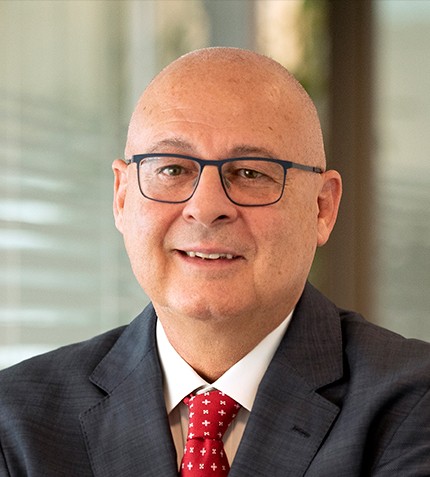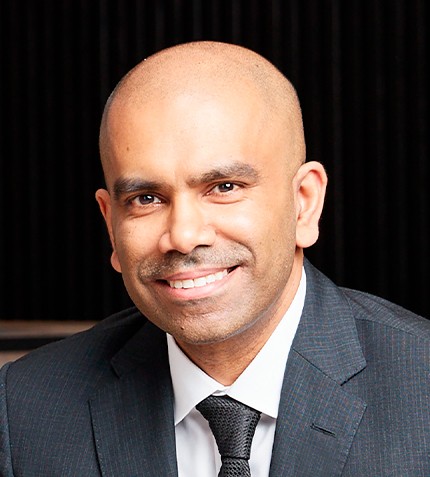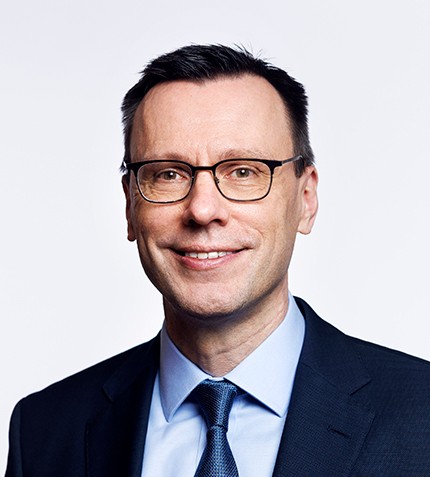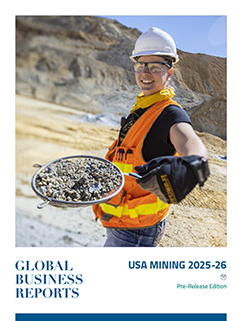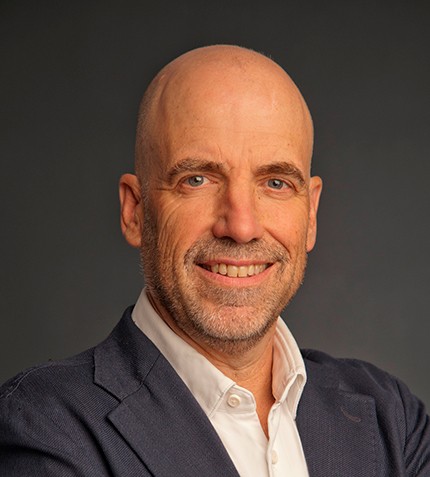
"Often, the best solution is a hybrid capital stack, combining a strong strategic equity partner with a streaming or royalty agreement and vendor participation."
Michael Seeger
DIRECTOR, MX MINING CAPITAL PARTNERS
Could you introduce MX Mining Capital Partners?
MX is focused on financing mining projects across a wide range of commodities and jurisdictions. We evaluate the full business case (geology, mining, processing, mine infrastructure, logistics, market, ESG, licensing, team, and jurisdiction, and if the fundamentals align, we structure and execute a financing plan at exploration, feasibility, development, operational, or turnaround stage, aiming to deliver fully funded, profitable, and sustainable mining operations.
Could you share some case studies of projects MX Mining Capital has helped deliver financing for?
A successful transaction was the financing of the Marsfontein diamond project, operated by Botswana Diamonds. We arranged a structured vendor financing package, bringing in a mining and processing contractor who contributed equipment and operational expertise in exchange for a share of revenue, aligning interests and unlocking development capital.
MX is now increasingly active in the critical and strategic minerals space. Other transactions in our portfolio include the Tivani titanium and vanadium project owned by Ferrox Holdings in South Africa, the Victory Bore vanadium-titanium mine in Australia, developed by Surefire Resources, graphite projects in East Africa and a new copper development project in Zimbabwe.
How is ESG influencing a project’s attractiveness for financing?
ESG is now a key driver in mining project financing. At MX, we focus on opportunities where ESG enhances the business case. One example is the Samancor ferrochrome slag recovery project in South Africa, where MX is leading the financing. The developer, EESTech, will use disruptive technology to recover residual chrome from slag and repurpose the remaining material as construction aggregate. It’s a circular resource model that transforms legacy liability into a revenue-generating asset.
Projects like this are easier to fund. They reduce environmental risk, unlock stranded value, and align with global sustainability targets. Africa offers many such opportunities, and MX is actively expanding its ESG-linked financing structures to support them.
What are some financing mechanisms that are less known yet help offset some of the risks associated with mining investment?
Mining projects are often viewed as high-risk with long timelines, commodity price volatility, and uncertain returns. That’s where alternative instruments come in.
One financing mechanism we are actively deploying is vendor financing. We’ve recently started working with one of Africa’s leading mining and civil contractors, with the fleet, systems, and appetite to invest. Instead of charging a standard contract fee, they take a stake in the project they help build, aligning interests and preserving cash.
Another tool gaining momentum in Africa is streaming and royalty financing. These structures reduce equity dilution, improve project bankability, and unlock capital where traditional financing falls short. MX specialises in designing and executing these structures.
Often, the best solution is a hybrid capital stack, combining a strong strategic equity partner with a streaming or royalty agreement and vendor participation. This blended approach creates alignment, reduces funding pressure, and increases the chances of project success.
How can developers of critical minerals projects overcome financing challenges in 2025–2026?
The pricing of critical minerals like nickel, lithium and graphite has come under pressure, driven by oversupply and weaker demand. When prices fall, so do IRRs, leaving many projects unfundable through conventional means.
In some cases, project CapEx far exceeds the listed junior miner’s market cap. Equity financing is not an option. That’s where MX steps in, structuring streaming, offtake, pre-production, and technology-linked financing to unlock capital without excessive dilution.
What would you advise an advanced junior getting to the critical stage of project financing?
Look for partnerships with the major miners. Groups like BHP, Rio Tinto, and Newmont are actively looking to grow their portfolios, particularly in copper and gold. For commodities like titanium or vanadium, the strategic partners may lie further afield, including industrial players or downstream users. But the principle remains the same: a junior miner is often the outsourced geological department of a major.
At MX, we help juniors navigate this stage by aligning the right mix of partners, whether it’s a strategic offtaker, a streaming group, or an industrial investor. Structuring the capital stack correctly can mean the difference between getting funded or stalled.
The mining industry has evolved, with more complex ore bodies, higher ESG standards, and tighter capital markets. At MX, we’re building systems to decode that complexity and finance the next generation of mines.




